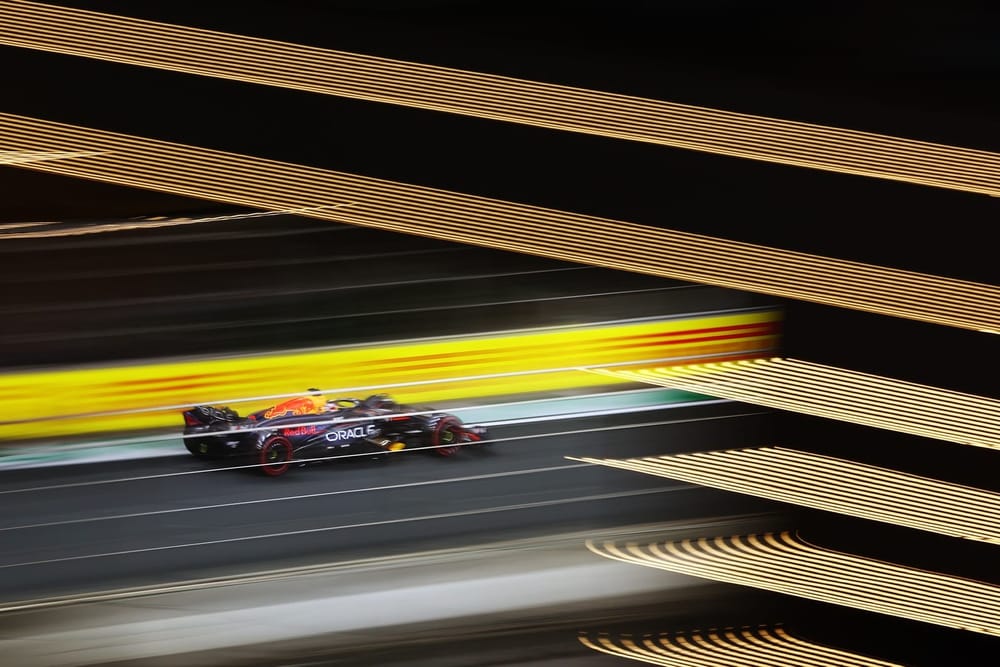Up Next

A gusty wind, very fast blind exit bends on a grippy track, the need to use the kerbs far more extensively than in Bahrain: Jeddah is certainly posing plenty of challenges for Formula 1 drivers and cars alike.
Even Max Verstappen and Sergio Perez were complaining of bouncing at one stage and the RB20 looked quite a handful over the kerbs. Yet Red Bull looked, if anything, to have an even bigger advantage than in Bahrain if all we are going on is the long-run times.
LONG RUN TIMES
| Driver | Soft | Medium | Hard |
| Verstappen | 1m34.038s (9 laps) | ||
| Russell | 1m34.41s (4 laps) | ||
| Perez | 1m34.502s (14 laps) | ||
| Leclerc | 1m34.508s (8 laps) | ||
| Hamilton | 1m34.579s (3 laps) | ||
| Norris | 1m34.653s (7 laps) | ||
| Sainz | 1m34.741s (6 laps) | ||
| Alonso | 1m34.886s (11 laps) | ||
| Albon | 1m34.900s (13 laps) | ||
| Piastri | 1m35.117s |
Verstappen was 0.5 seconds clear of team-mate Perez on those long runs, though that difference was exaggerated by some traffic for the latter and a greater number of laps completed. On one-lap pace Perez looked encouragingly close around a track where he’s been a polesitter (twice) and winner in the past.
However, none of Ferrari, Mercedes or McLaren really did comparable programmes. Ferrari appeared from the GPS data to be running its power units in even lower power modes than the others, something it did in practice here last year too.
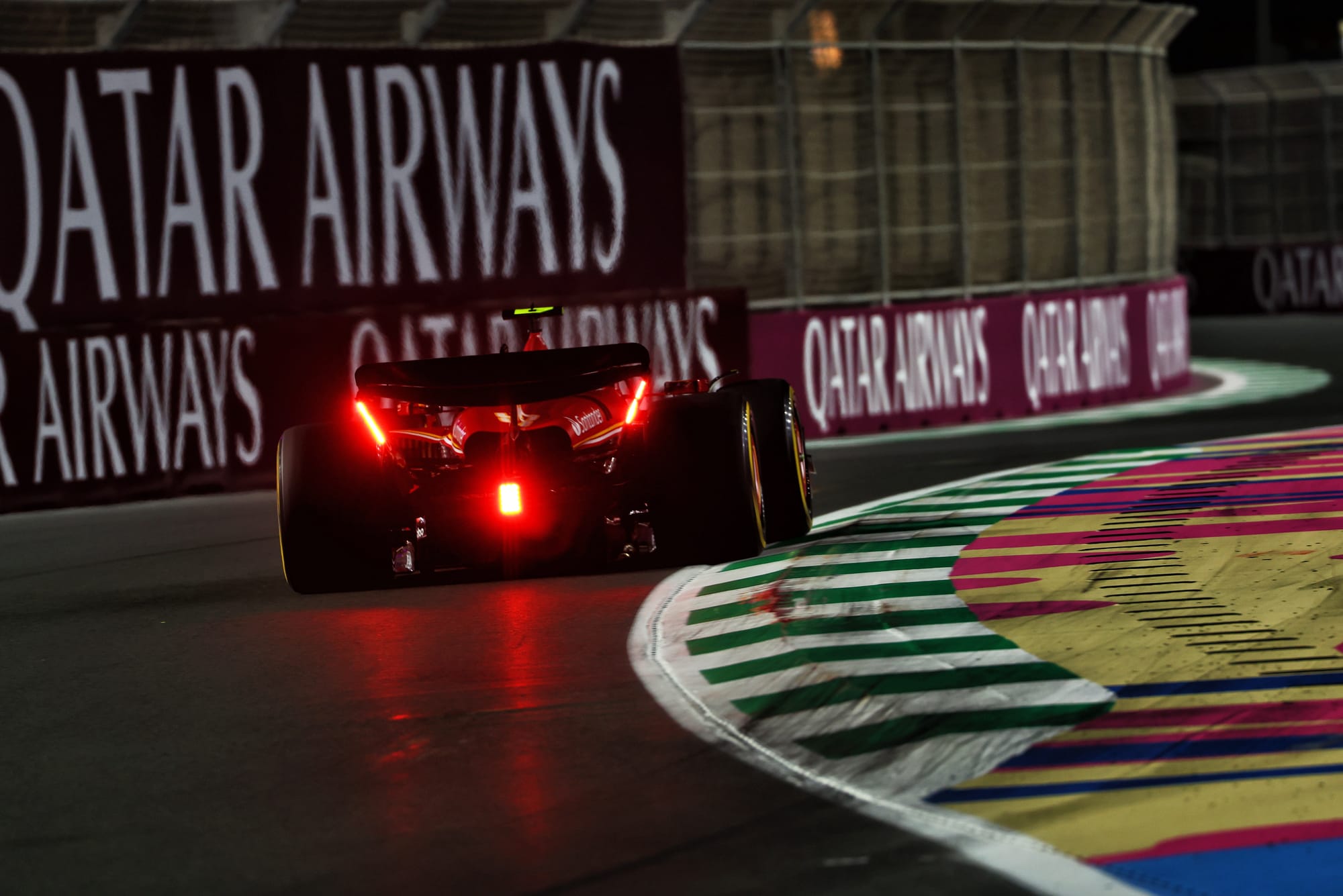
An unwell Carlos Sainz averaged 0.7s off Verstappen on his long run. At least a couple of tenths of that will be accounted for by the engine modes. Sainz’s run looked increasingly competitive as it went on. “Yes, that was more me than the car to be honest,” he admitted of his struggle with what is suspected to be a viral illness.
Charles Leclerc did his long run on the softs so there is not a direct comparison there either, meaning Ferrari goes into Friday something of a dark horse.
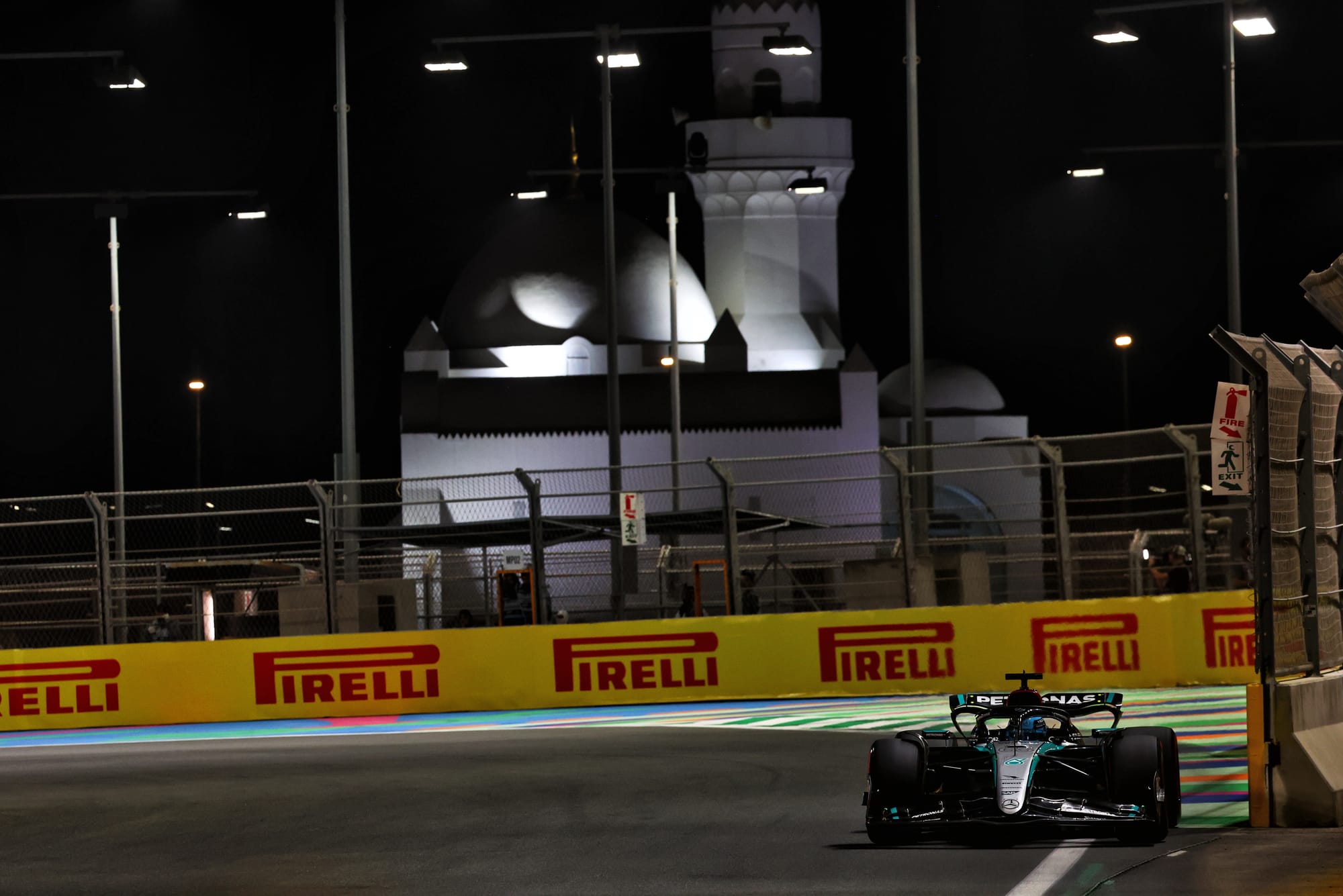
Mercedes was limited in its running, getting out late for its long runs after both George Russell and Lewis Hamilton spent a lot of time making set-up changes to tame the car’s nervous rear end. This brought Russell out just behind Hamilton and to get the two cars separated Russell did a drivethrough in the pits.
Hamilton then suffered a big snap and in correcting it unknowingly hit his pit limiter button, bringing him into the pits with what he believed was a power unit problem. All of this meant the Mercedes did only seven long-run laps between them.
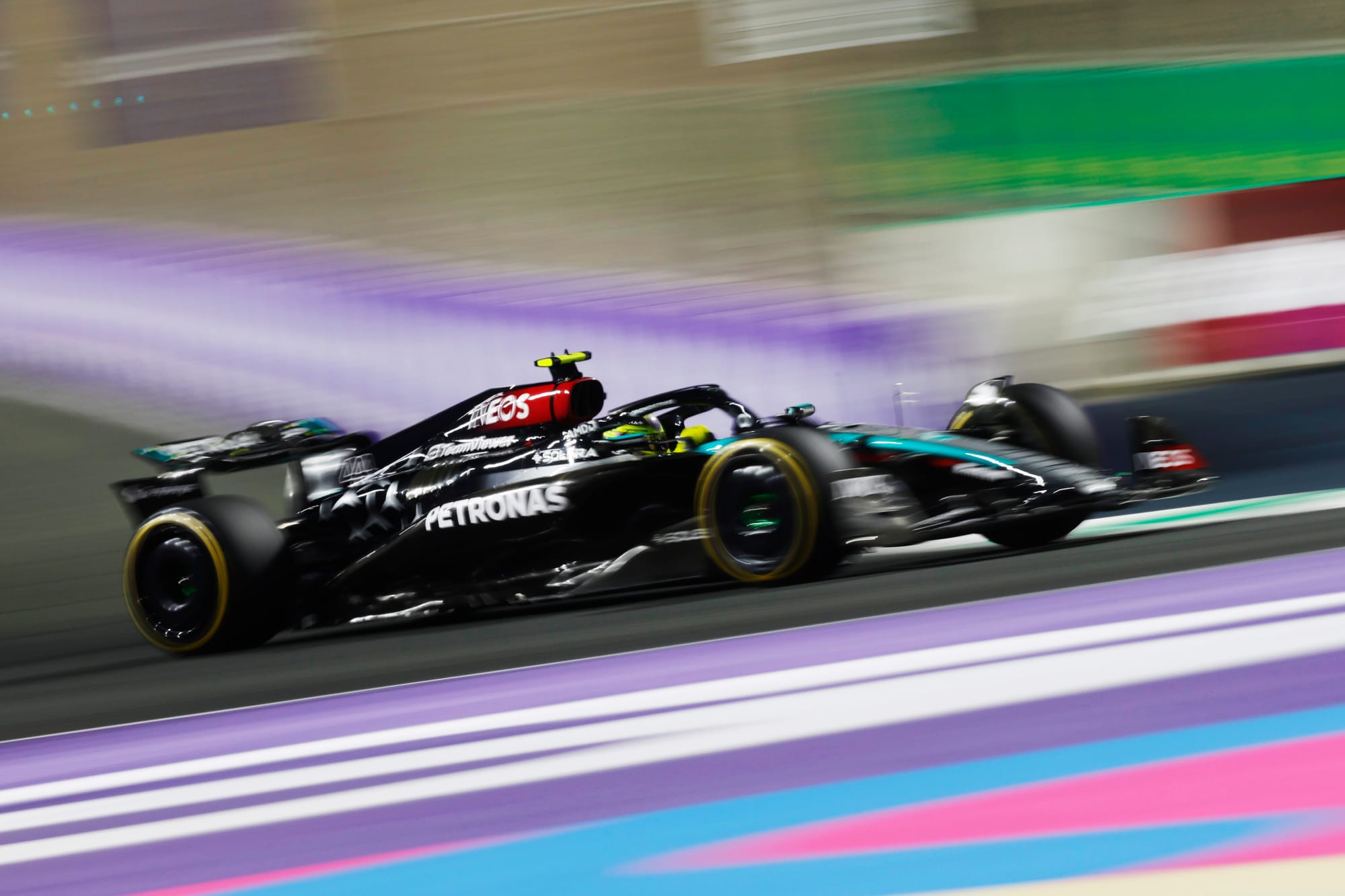
Within that qualifying set of circumstances Russell’s average was an encouraging second fastest. Hamilton was at this stage less comfortable with the car than Russell, as was also the case here last year.
“I was lacking a little confidence in the rear of the car,” he said. “I had a few moments out there and on such a high-speed track you need to have full confidence and I haven’t quite got that yet.”
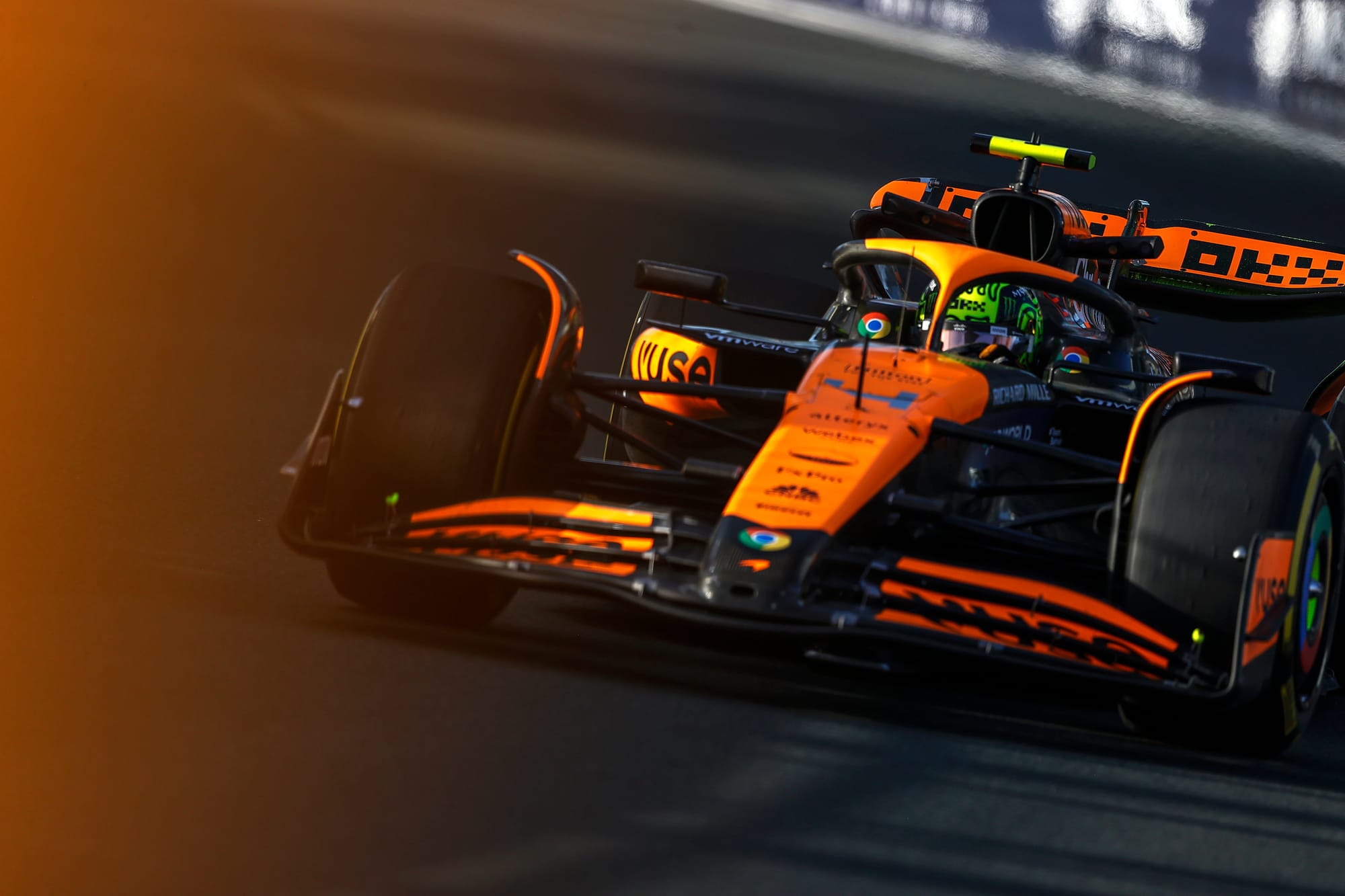
McLaren ran its usual low-key Friday and split its long runs between the medium tyre (Oscar Paistri) and the hard (Lando Norris). The hard looks a good tyre, something backed up by Alex Albon’s 10th-fastest average on it in the Williams, around 0.25s off Norris on the same tyre. Safety cars aside, it should be a one-stop race with very low degradation.
But what of Aston Martin, for which Fernando Alonso set the fastest time in the single-lap running?
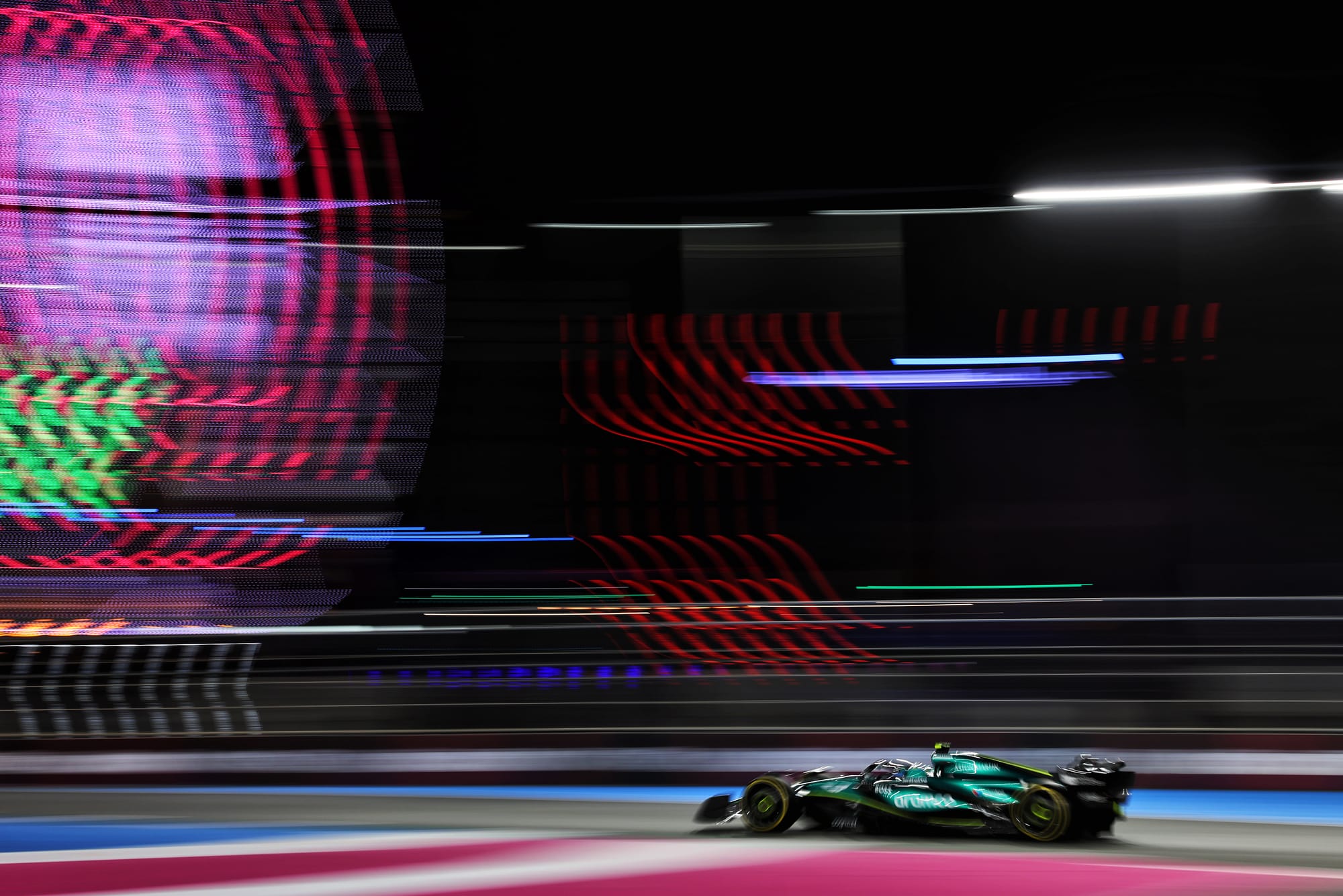
His long run was among the longest but even taking account of that, there’s nothing to suggest Alonso’s place at the head of the time sheets was representative. It looks at a similar stage of competitiveness to Bahrain on the long runs while its single-lap pace was flattered by a higher engine setting than the Red Bulls, Mercedes, Ferraris and McLarens.
Further back, RB did both its long runs on the soft and averaged around 0.7s off Leclerc on that tyre, conforming roughly to how it was in Bahrain. The Haas and the Sauber were very closely-matched on the medium, around 0.2s faster than the Alpine.

